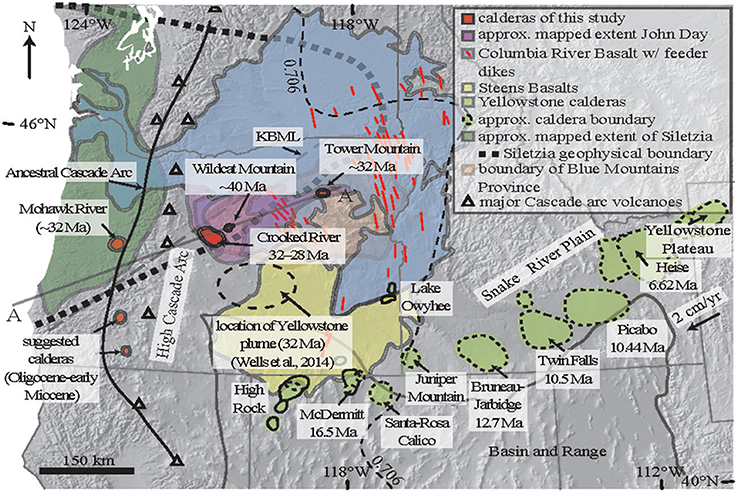One of the most fascinating series on geology is by Nick Zentner, a professor at Central Washington University. For years now he has been fiving free 1 hour lectures on the geology of the region to any that want to attend. And thankfully for people like that are fascinated by geology, he and the University have made them available for free on Youtube.
And just a week ago they kicked off their latest series of lectures that kicks off with how some of the exotic terranes found in the region came to be here, some of the newest discoveries about the formation of the Rocky Mountains, and more. I encourage any who are interested in geology to check them out, as he is not only informative but entertaining.
And I promise that after one watches them, they will never view the planet the same way afterwards.
And just a week ago they kicked off their latest series of lectures that kicks off with how some of the exotic terranes found in the region came to be here, some of the newest discoveries about the formation of the Rocky Mountains, and more. I encourage any who are interested in geology to check them out, as he is not only informative but entertaining.
And I promise that after one watches them, they will never view the planet the same way afterwards.

